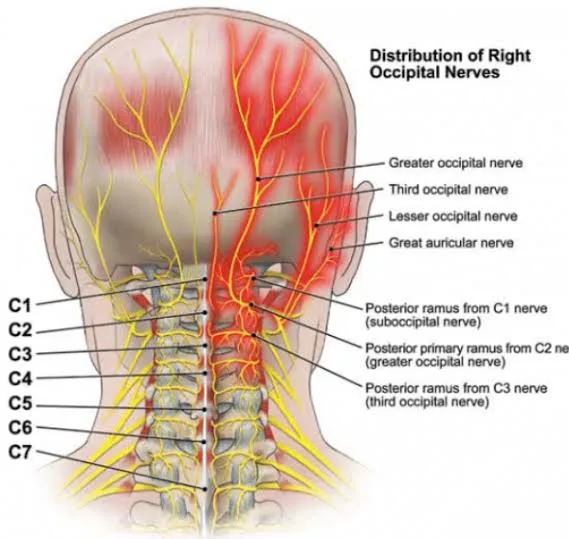Occipital neuralgia is a chronic pain condition characterized by intense pain in the neck, back of the head, and behind the eyes. The pain occurs when the occipital nerves, which run from the spinal cord to the scalp, become inflamed or irritated. Traditional treatments often focus on managing symptoms with medication, physical therapy, or nerve blocks. However, for some patients, these treatments may not provide sufficient relief, leading them to consider surgical options like occipital nerve decompression.
*What is Occipital Nerve Decompression?*
Occipital nerve decompression is a surgical procedure designed to relieve pressure on the occipital nerves. The surgery involves making an incision in the neck to access the affected nerves and release any compressing structures, such as muscles, blood vessels, or scar tissue. By decompressing the nerves, the procedure aims to reduce pain and inflammation.

*Can Occipital Nerve Decompression Bring Relief?*
Studies and patient outcomes suggest that occipital nerve decompression can be an effective treatment for occipital neuralgia. Patients who undergo this procedure often report significant reductions in pain and improvements in quality of life. However, as with any surgery, there are potential risks and complications, such as infection, nerve damage, or incomplete pain relief.
*Who is a Candidate for Occipital Nerve Decompression?*
Occipital nerve decompression is typically considered for patients who:
– Have been diagnosed with occipital neuralgia
– Have not responded to conservative treatments
– Experience significant pain and impairment in daily life
– Have evidence of nerve compression on imaging studies
*What to Expect from the Procedure*
Before undergoing occipital nerve decompression, patients will typically undergo a thorough evaluation, including imaging studies and nerve blocks, to confirm the diagnosis and rule out other potential causes of pain. The surgery itself usually takes a few hours, and patients can often return home the same day. Post-operative recovery may involve some discomfort, swelling, and limited activity.

*Potential Benefits and Limitations*
While occipital nerve decompression can bring significant relief to patients with occipital neuralgia, it’s essential to understand the potential benefits and limitations. Benefits include:
– Reduced pain and inflammation
– Improved quality of life
– Potential reduction in medication use
Limitations include:
– Potential risks and complications
– Variability in patient outcomes
– Possibility of incomplete pain relief
*Conclusion*
Occipital nerve decompression is a promising solution for patients with occipital neuralgia who have not responded to conservative treatments. While the procedure carries potential risks and limitations, many patients experience significant pain relief and improved quality of life. If you’re considering this procedure, consult with a qualified healthcare professional to discuss your options and determine if occipital nerve decompression is right for you.
